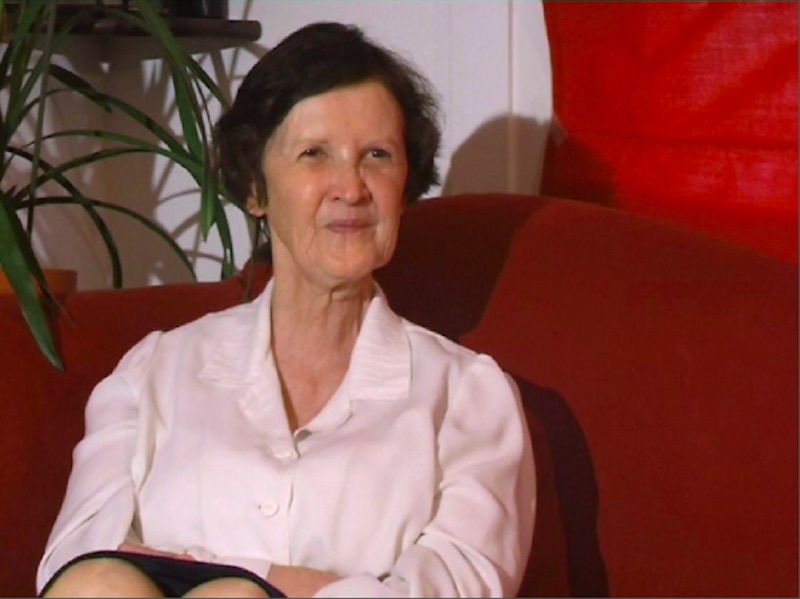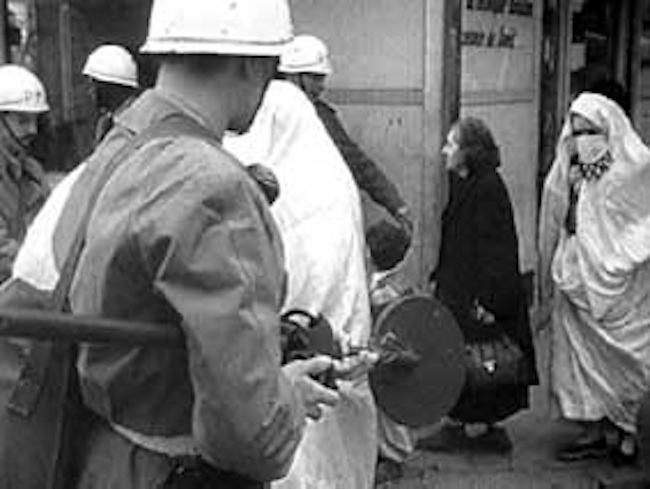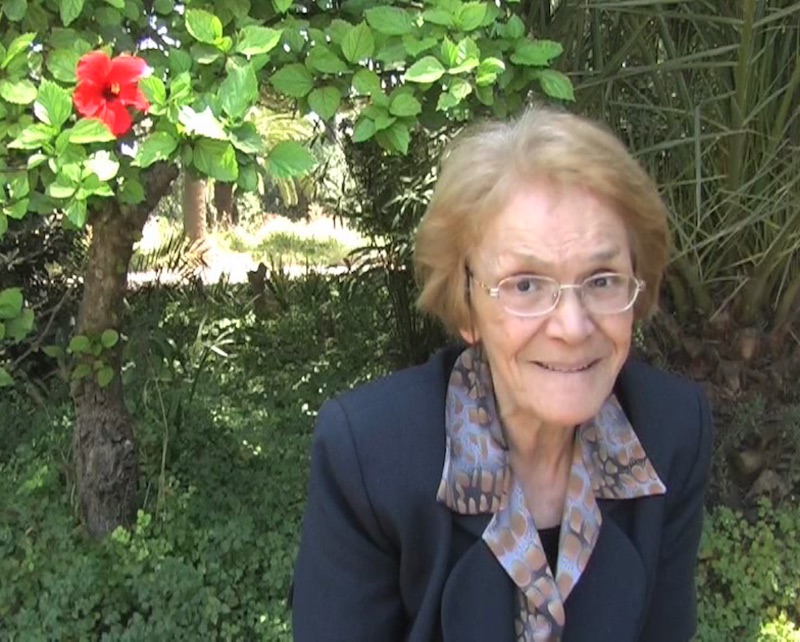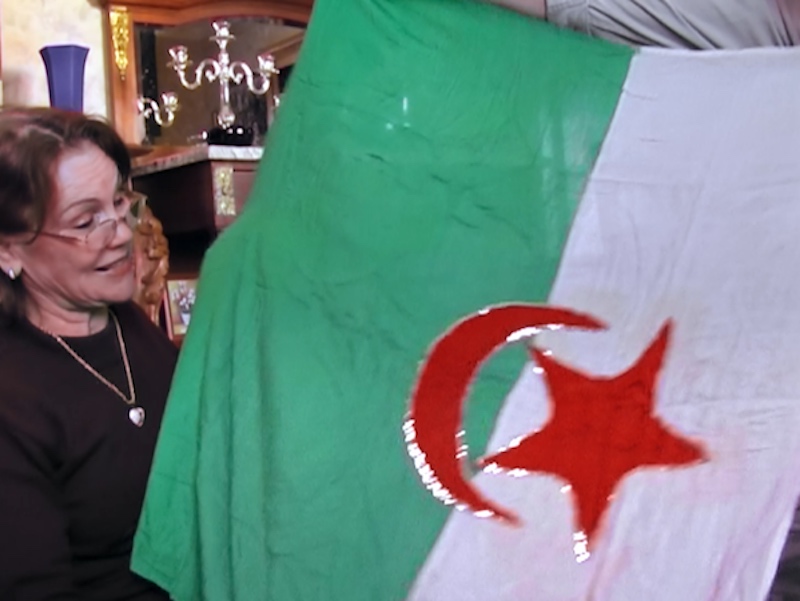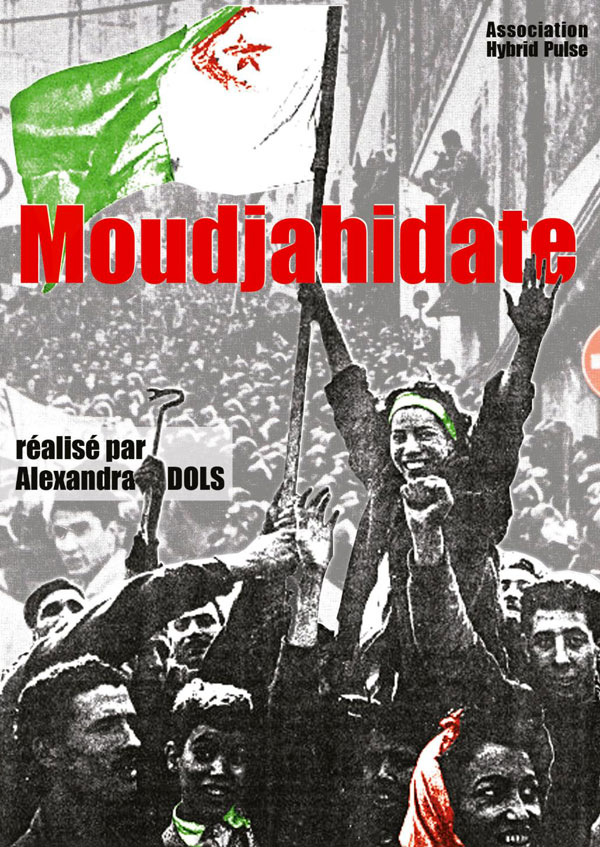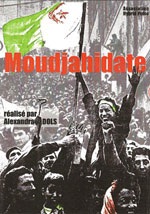Moudjahidate
-
Réalisé par Alexandra Dols • Écrit par Alexandra Dols
-
France • 2007 • 113 minutes & 77 minutes • Mini DV • Couleur
- Réalisation :
Alexandra Dols - Écriture :
Alexandra Dols - Assistanat de réalisation :
Assia El Fali - Image :
Alexandra Dols, Selma Zghidi, Mejda Bellil - Son :
Selma Zghidi, Alexandra Dols, Assia El Fali - Montage :
Ishani Flahaut - Mixage :
Kash Leone
- Production (personne) :
Selma Zghidi - Production (structure) :
Hybrid Pulse - Participation :
Djamila Amrane Minne, FSDIE (Fonds de solidarité et de dével. des initiatives étudiantes) Toulouse, Fatma Abdelli Chebbah, Ville de Saint-Denis, Zohra Drif Bitat, Louisette Ighilariz, Baya Toumia Laribi, Baya Kolle Outata - Ayant droit :
Hybrid Pulse
- N° ISAN :
ISAN 0000-0005-1104-0000-8-0000-0000-D
Résumé
Ce documentaire retrace des engagements de femmes dans les luttes pour l’Indépendance de l’Algérie, au sein du FLN-ALN (Front de Libération Nationale – Armée de Libération Nationale) à travers des récits de vies d'anciennes combattantes.
Elles sont poseuses de bombes, agents de liaison, infirmières et soldates des maquis, ou encore dans une solidarité active avec les prisonniers politiques. Toutes ces moudjahidate évoquent également les villageoises, qui assuraient l’hébergement et le ravitaillement des combattants du FLN... Les formes d’engagements des femmes sont multiples tout comme leurs "identités sociales". Alors comment ont-elles commencé à "activer" ? Quels sont leurs rôles et stratégies dans les différents lieux de luttes ? Quels regards portent-elles sur cette période et qu’ont-elles à nous transmettre ?
Ces témoignages s’articulent avec celui de l’historienne et elle-même ancienne combattante, Danièle Djamila Amrane Minne.
The documentary retraces the participation of women in the struggle for Algerian independence through the accounts of former female combatants in the FLN–ALN (National Liberation Front–National Liberation Army).
They planted bombs, arranged secret liaisons, served as nurses, fought as soldiers in the maquis, and lived in solidarity as the wives of political prisoners. These moudjahidate also share the efforts of local village women who would secure lodging and provisions for male and female resistance fighters.
Much like their social backgrounds, their participation in the struggle took multiple forms. This begs the question, how did they start to become active? What were their roles and strategies in the various theatres of combat? What is their perspective on this time and what do they have to pass on to us?
The testimonies of former combatants are interlaced with the remarks of the historian Djamila Amrane Minne, as well as excerpts from The Battle of Algiers by Gillo Pontecorvo and the short film The Bomb by Rabah Laradji.
Mot(s)-clé(s) thématique(s)
À propos du film
Comment avoir accès au film ?



